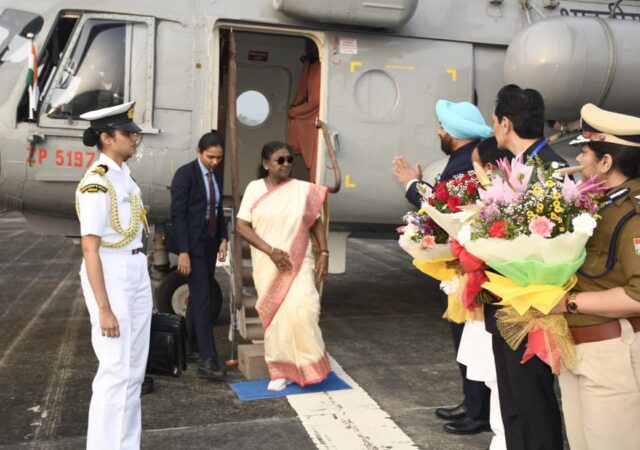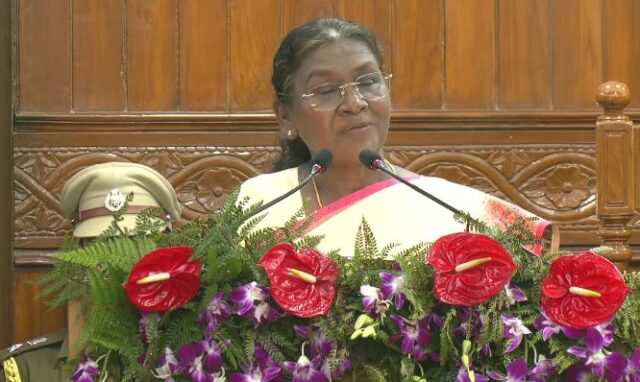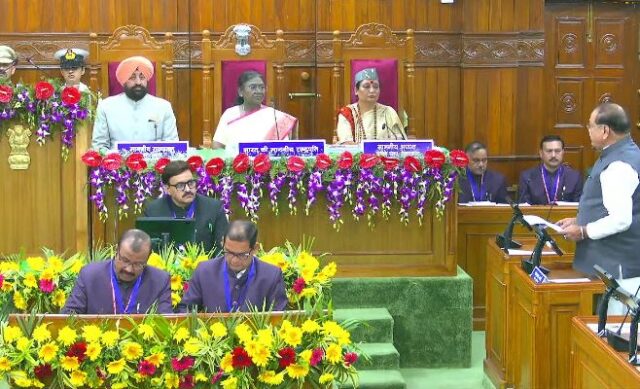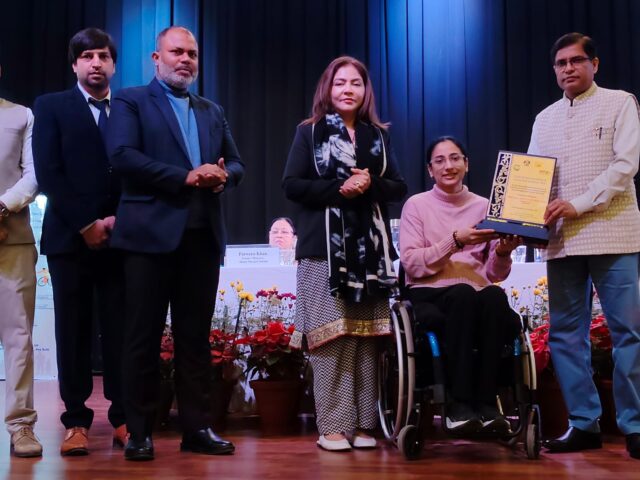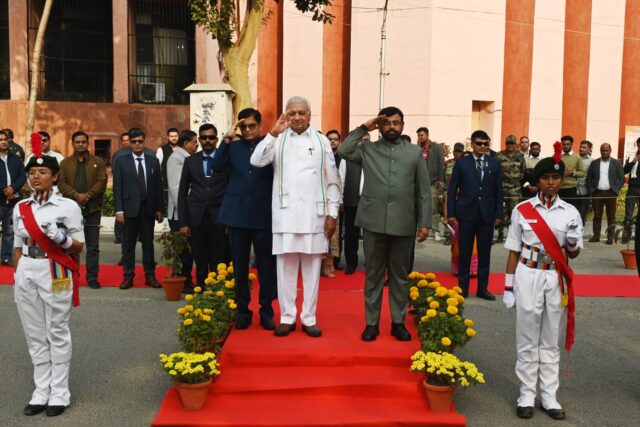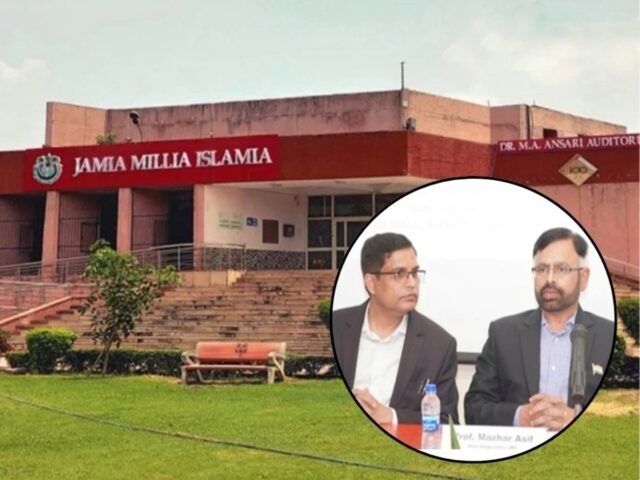Did the Ahmedabad plane crash happen due to failure of both engines? Air India pilots got shocking information in the flight simulator
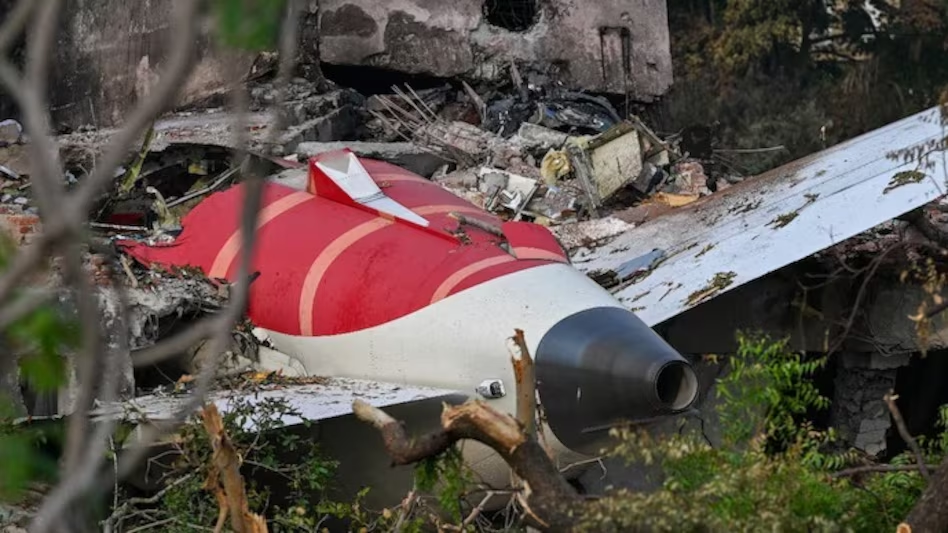
a
An official investigation is underway into the Air India plane crash in Ahmedabad and a preliminary report is expected before July 12. The accident took place on June 12. 241 of the 242 people on board the plane lost their lives in the accident. Now some investigators have raised the suspicion that did both the engines of the plane fail simultaneously? The airline and investigators are investigating this together. They believe that perhaps this is the reason why the Boeing Dreamliner-787 plane could not stay in the air.
Did both the engines of the plane fail simultaneously?
According to a Bloomberg report, for a separate investigation, Air India pilots flew in a flight simulator. They kept the position of the plane the same as at the time of the accident. The landing gear was down and the wing flaps up. The pilots found that the plane could not crash with just these settings. This information has been given by people associated with the investigation. They told this on the condition of anonymity. Investigators have found out another thing. The emergency power turbine was turned on a few seconds before the plane collided. This has further increased the possibility of technical fault.
This accident investigation has been separated from AAIB
This simulated flight was separate from the official investigation of AAIB (Aircraft Accident Investigation Bureau-AAIB). It was done to find out the possible causes. The AI-171 aircraft that crashed in Ahmedabad on June 12 had two engines of General Electric (GE) company. It was seen in the video that the plane was having difficulty gaining altitude after taking off. Then it came back to the ground and there was an explosion in it. Boeing company has not commented on this matter. They have sent the answers to all the questions to AAIB. GE company has said that the investigation is still going on, so they cannot say anything. AAIB and Air India have also not given any answer.
Did the electrical or hydraulic system fail in the plane?
It is not yet known why both the engines failed simultaneously. Investigators are trying to extract more information from the flight recorder. Data has been extracted from the recorder and is being analyzed. Investigators are looking at every aspect, but more attention is being paid to the technical fault. The pilots have told some things after watching the video. They said that the landing gear was slightly tilted forward. This means that the pilots had tried to lift it up. But the doors of the landing gear did not open. Pilots say that perhaps the electrical or hydraulic system in the plane had failed. This increases the possibility of engine failure. Nowadays the engines of planes are controlled by computers. This system is called FADEC (Full Authority Digital Engine Control-FADEC). This system helps the pilots to control the power of the plane. This makes the engines work properly.
The wing flaps and slats of the plane were opened properly
When the power goes out in the plane, an emergency turbine (RAT) opens automatically. It provides the necessary power to the plane. However, it is so small that it does not help lift the plane. Investigators have found out from the debris that the wing flaps and slats were properly open. These things help the plane to fly. This accident is the biggest accident in India’s civil aviation history. This is the first time a Boeing 787 Dreamliner plane has crashed.
The plane fell to the ground within 15 seconds of the Mayday call
The pilots who died in the accident had sent a Mayday signal immediately after takeoff. People associated with the investigation said that there was only 15 seconds between this signal and the collision of the plane. Teams from Boeing and America’s National Transportation Safety Board (NTSB) are also helping in the investigation. Now the information from the flight recorder is awaited. The recorder contains information about the aircraft’s settings, performance and conversations in the cockpit. This helps in finding out the causes of the accident.

